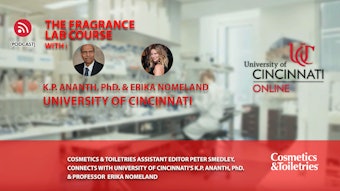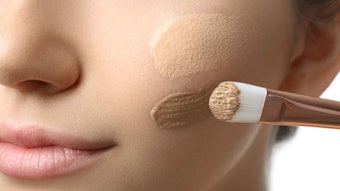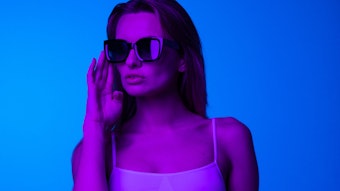Many products currently on the hair care market relate to a woman’s attempt to partially or completely modify her curly, frizzy and tangled hair. Hair straightening and hair relaxing formulations have been invented to achieve the desire for straight hair.
There is a degree of overlap between these two categories of products. The term hair relaxer, according to Du Yung Hsiung, is used to describe products that provide a permanent straightening effect on heavily curled hair, while hair straighteners include all the other formulas with more temporary or lower levels of straightening efficacy.1 This distinction is reflected in their different chemical compositions and use conditions.
Chemistry of Curls
The structure of hair is comprised of α-keratin chains covalently bonded together by the disulfide bonds of cystines. When some ionized thiol groups (-S-) are present in this structure, the covalent link may be involved in a reversible reaction of sulfhydryl-sulfide interchange, resulting in curls.2
If the new sulfide bond is at a lower level of physical stress or without any stress, the reaction is favored toward its direction,3 resulting in the relaxation of the initial stress and in a new, extended keratin chain structure. This reaction, if sufficiently extended, causes hair straightening. Therefore, this interchange favors the breakdown of bonds under stress and the creation of new bonds in equilibrium with the extended system. The number of ionized sulfhydryl groups in the native α-keratin structure is limited at less than one thiol of the cysteine residue for every 10 disulfide bonds of cysteine.










